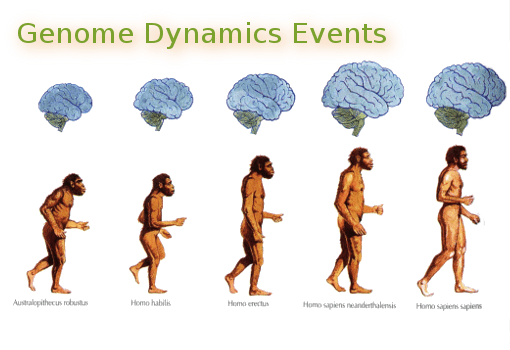Rejecting what is known about viral microRNAs and nutrient-dependent microRNAs

Of Cells and Limits Leonard Hayflick has been unafraid to speak his mind, whether it is to upend a well-entrenched dogma or to challenge the federal government. At 86, he’s nowhere near retirement. By Anna Azvolinsky | March 1, 2015 Excerpt: The rejection letter came from Francis Peyton Rous who received the Nobel Prize a … Rejecting what is known about viral microRNAs and nutrient-dependent microRNAs






